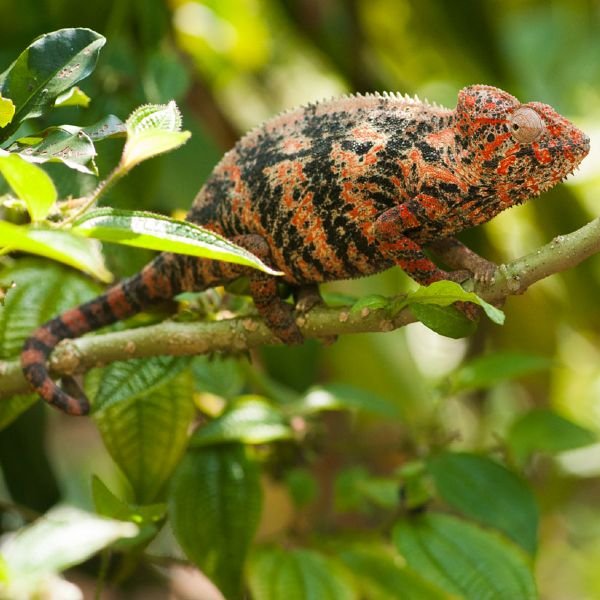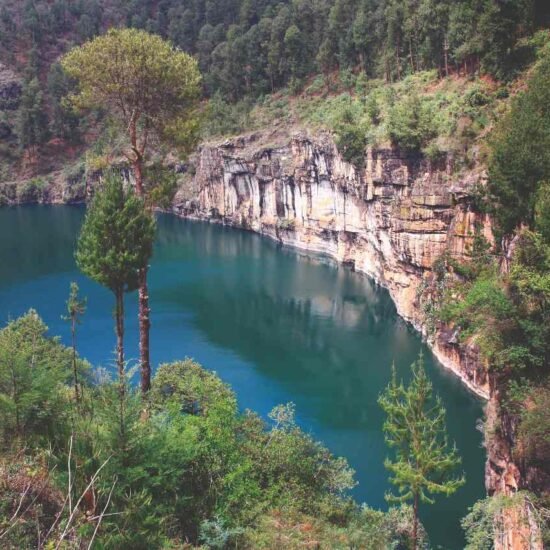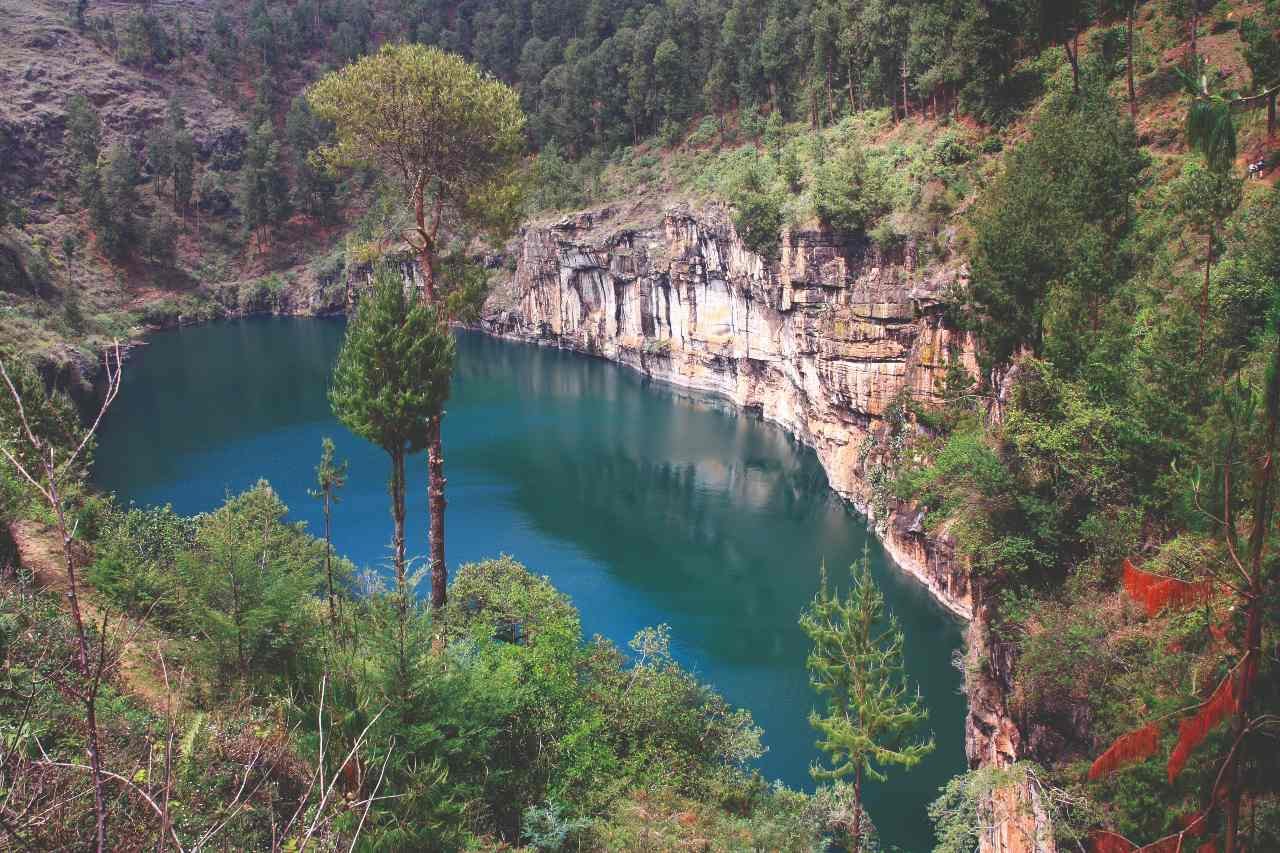Chameleons of Madagascar
🌴 Introduction
Madagascar, the fourth largest island in the world 🌍, is a biodiversity hotspot 🐾. Its long isolation has led to the evolution of truly unique flora and fauna. Among its most fascinating creatures are the chameleons 🦎—colorful reptiles known for their color-changing abilities, prehensile tails, and independently moving eyes 👀.
This article dives into the incredible world of Madagascar’s chameleons: their species, special traits, ecological importance, threats, and conservation efforts.
🦎 What Makes Chameleons Special?
Chameleons belong to the Chamaeleonidae family within the order Squamata (along with iguanas and skinks). Of the ~200 species globally, many are found in Africa and especially Madagascar 🇲🇬.
Their cool features include:
- 🎨 Color-changing: Not just for camouflage—also for mood, temperature, and communication!
- 🦶 Zygodactylous feet: To grip branches like pros.
- 🌀 Prehensile tail: Acts like a fifth limb for balance.
- 👁️🗨️ Independent eyes: They can look in two directions at once—360° vision!
🌿 Madagascar: A Chameleon Paradise
Home to over 100 species, Madagascar hosts nearly half of the world’s chameleons. Many are endemic, meaning they exist nowhere else.
They come in all shapes, sizes, and colors—true marvels of evolution 🌈🦎.
5 Places to See Chameleons in Madagascar 🦎🌿
- Andasibe-Mantadia National Park 🌳
Just a few hours from the capital, this lush rainforest is great for spotting Parson’s and panther chameleons in the wild. - Lokobe Reserve (Nosy Be Island) 🌴
A tropical haven where you can find tiny Brookesia chameleons—some of the smallest on Earth! - Ranomafana National Park 💦
Located in southeastern Madagascar, this rainforest is home to many endemic chameleon species in a misty, magical setting. - Ankarana Mountains 🏞️
Known for dramatic limestone formations and caves, this dry area hosts colorful and unique chameleons adapted to rugged terrain. - Marojejy National Park 🌄
In Madagascar’s northeast, this mountainous park is a haven for rare species like Brookesia karchei, surrounded by misty rainforest and rich biodiversity.
🧬 Highlight Species
🌳 Parson’s Chameleon (Calumma parsonii)
One of the largest species, up to 68 cm long 📏. Brightly colored with horn-like features, it lives in rainforests and hunts insects and small reptiles 🐛🦗.
🦖 Jackson’s Chameleon (Trioceros jacksonii)
Originally from East Africa, now also in Madagascar. Males have three horns—like tiny dinosaurs 😮. Popular for their green and blue hues 💚💙.
🏜️ Veiled Chameleon (Chamaeleo calyptratus)
From Arabia, also introduced to the island. Known for its “veil” or crest and dramatic colors 🎭.
🐅 Panther Chameleon (Furcifer pardalis)
Famous for its vibrant colors—red, turquoise, orange 🟥🟧🟦. Extremely popular as a pet and found in many habitats.
🍂 Brookesia Chameleons
Among the smallest in the world. Brookesia micra can be under 3 cm 😱. They’re experts at blending in with leaf litter.
💡 Unique Adaptations
- 🧠 Color for communication: Express mood, dominance, and more!
- 🌾🌴 Habitat variety: From rainforests to dry scrublands.
- 🦗🍃 Flexible diets: Mostly insect-eaters, some nibble on fruit too.
🌍 Ecological Role
- 🐜 Insect control: Keep pests in check.
- 🦅 Prey for predators: Birds, snakes, mammals.
- 🌺 Pollination & seed dispersal: When they eat fruits or nectar.
⚠️ Major Threats
- 🌲 Deforestation: For farming, timber, and cities.
- 🔥 Climate change: Affects habitat and reproduction.
- 🐾 Illegal wildlife trade: Sold as exotic pets.
- 🐍 Invasive species: Compete or prey on native chameleons.
🛡️ Conservation Efforts
- 🏞️ Protected areas: Forests and reserves.
- 📜 Stronger laws: Against poaching and trafficking.
- 🤝 Community involvement: Education + sustainable alternatives.
- 🔬 Research & monitoring: For informed actions.
- 🐣 Captive breeding programs: Preserve genetic diversity.
🌟 Conclusion
Madagascar’s chameleons are a stunning example of nature’s creativity 🌴🦎. Protecting them is about more than reptiles—it’s about preserving a precious ecosystem 🌍💚.





